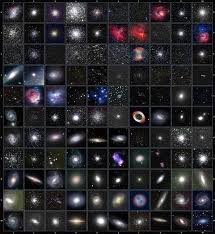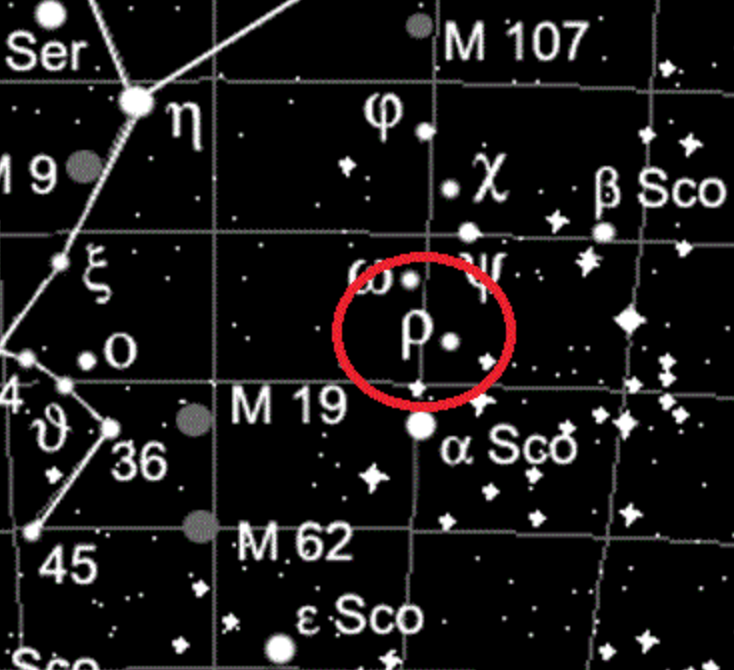
Whether we are talking about the brightest stars in a zodiacal, circumpolar or seasonal constellation, or stars that are not part of its main asterism, or other celestial objects, they are designated by one of these designations:
Own name
Examples: Aldebaran, Rigel, Albireo, Fomalhaut
Latin genitive (constellations)
Examples:
Pegasus / Pegasi / pegg
Taurus / Taurus / Tau
Sailing / Velorum / Vel
Bayer name
Assigns letters of the Greek alphabet to the brightest stars in a constellation, plus the Latin genitive of the constellation. Examples: Alfa Pegasi (αPeg), Delta Tauri (δ Tau)
Flamsteed name
Assign numbers to each star followed by the Latin genitive of the constellation (if the star has a Bayer designation, this is prioritized). Examples:51 Pegasi,18 Scorpii.
Henry Drapper Catalog (HD)
Stellar catalog containing more than 225,000 stars. Each one is designated by the acronym HD and a number. Examples: HD 48915 (Sirius), HD 45348 (Canopus)

Messier Catalog
List of 110 astronomical objects (nebulae, galaxies, etc.) widely used in amateur astronomy. Example: M 31 (Andromeda galaxy)
NGC Catalog
The New General Catalog is a collection of 7840 deep space objects (nebulae, galaxies, etc.). Examples: NGC 4016 (galaxy), NGC 7000 (nebula)


